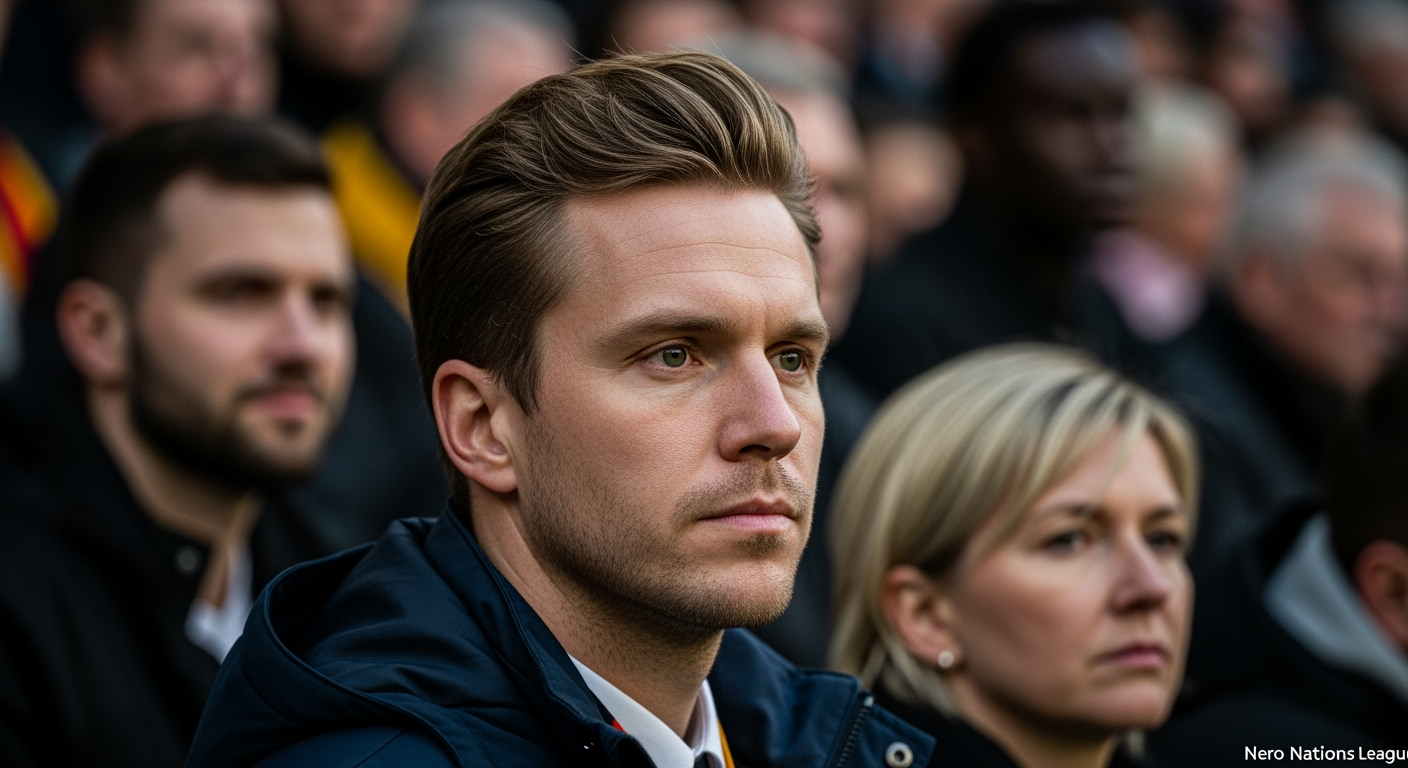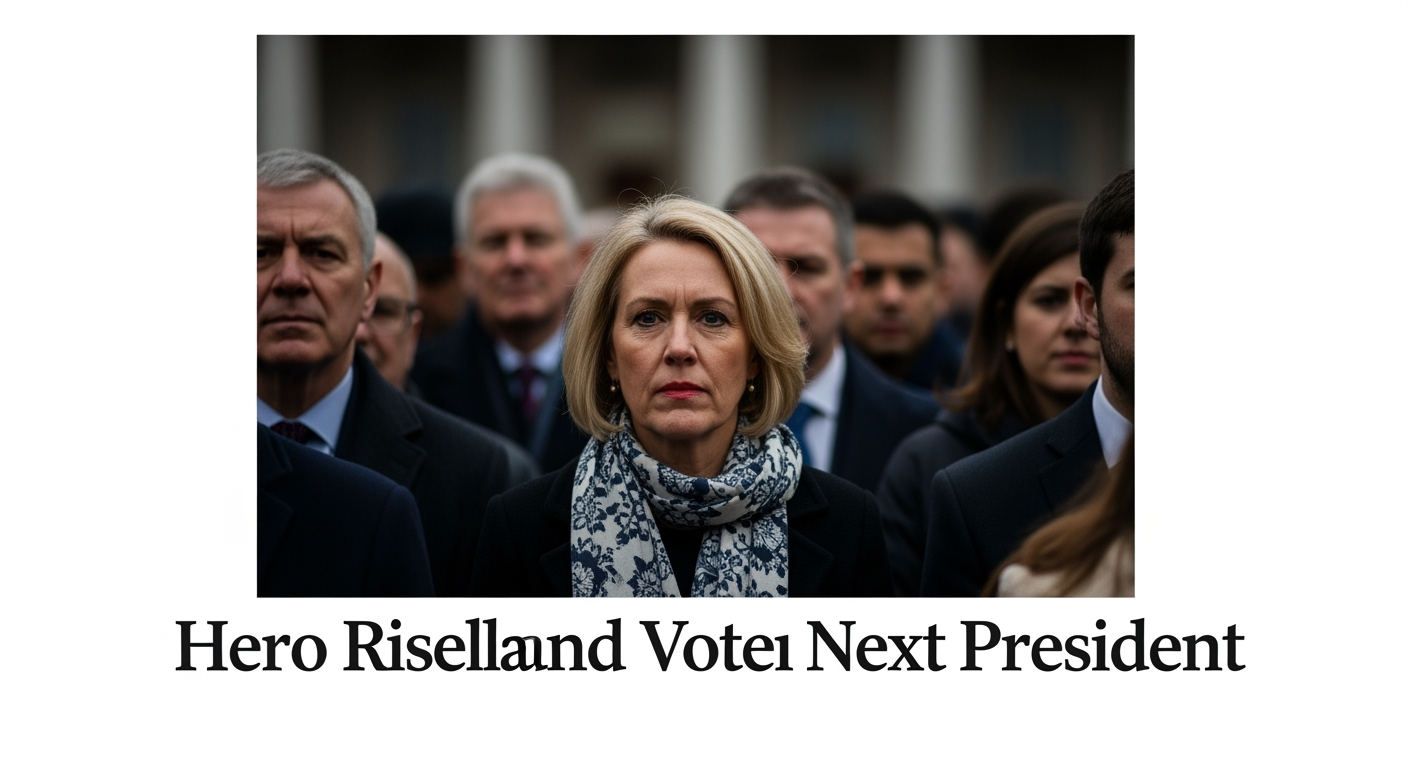Related Articles

U.S. Pushes for Rapid International Force Deployment in Gaza Amid Ceasefire Efforts




DUBLIN – Citizens across the Republic of Ireland are casting their ballots today, Friday, October 24, 2025, in a pivotal election to choose the nation's tenth president. The vote marks the end of an era with incumbent Michael D. Higgins, who has served two consecutive seven-year terms, constitutionally barred from seeking re-election. As polling stations operate from 7 a.m. to 10 p.m., the race has distilled into a contest primarily between two prominent women: independent lawmaker Catherine Connolly, widely supported by left-leaning parties, and former government minister Heather Humphreys, representing the centre-right Fine Gael. This election unfolds against a backdrop of evolving political dynamics in Ireland, reflecting a potential shift in voter sentiment towards more polarized ideologies, a significant departure from the country's traditional political landscape.
The path to Áras an Uachtaráin, the official residence of the President of Ireland, has narrowed significantly, presenting voters with a distinct choice. While three names appear on the ballot paper, the contest effectively centers on Catherine Connolly and Heather Humphreys.
Catherine Connolly, a 68-year-old independent lawmaker from Galway, has emerged as the leading candidate in recent opinion polls. She has garnered the backing of several left-wing opposition parties, including Sinn Féin, Labour, the Social Democrats, and the Green Party. Connolly's campaign has resonated with a significant portion of the electorate, particularly younger voters, on platforms emphasizing "peace," "unity," and "neutrality." Her outspoken views on various international and domestic issues, including a strong stance on Palestine and criticism of Ireland's military neutrality, have been central to her public profile. She has also highlighted concerns over the housing crisis and the rising cost of living, issues that have become focal points for many voters. Opinion polls conducted ahead of election day indicated a substantial lead for Connolly, with some showing her capturing between 40% and 44% of first-preference votes.
Challenging Connolly is Heather Humphreys, 64, a former government minister and the candidate for Fine Gael. Humphreys has presented herself as a "centre-ground, pro-European, pro-business" choice, drawing on her extensive experience in government, where she held portfolios such as justice and rural development. Hailing from a farming family near the Northern Ireland border, Humphreys has emphasized her background as offering unique insights into the traditions of both parts of the island. Despite receiving endorsements from current and former political leaders, Humphreys has consistently trailed Connolly in pre-election surveys, with support typically ranging from 20% to 25%.
The third candidate, Jim Gavin, initially backed by Fianna Fáil, officially withdrew from the race following a controversy concerning a financial dispute over unpaid rent. However, due to the timing of his withdrawal after the official deadline for nominations, his name remains on the ballot. While no longer actively campaigning, the distribution of his second and third preference votes could still play a role in the final outcome under Ireland's proportional representation by means of the single transferable vote system.
The role of the President of Ireland (Uachtarán na hÉireann) is primarily ceremonial, serving as the Head of State and the Supreme Commander of the Irish Defence Forces. Unlike many heads of government, the Irish president does not wield executive power in day-to-day governance. Nonetheless, the office is imbued with significant constitutional importance, acting as a guardian of the Constitution (Bunreacht na hÉireann).
The president's formal powers and functions, outlined in the Constitution, include appointing the Taoiseach (Prime Minister) and members of the Government, judges, and other officials. The president also has the authority to summon and dissolve Dáil Éireann (the lower house of parliament) and to convene the Oireachtas (Ireland's parliament). A key function involves signing legislation into law; while the president cannot veto a duly passed bill, they can refer it to the Supreme Court to test its constitutionality. Furthermore, the president represents the people of Ireland both domestically and internationally, undertaking state visits abroad and receiving other heads of state.
The current election holds particular significance given the highly visible and popular tenure of Michael D. Higgins, who, despite the largely ceremonial nature of the role, often voiced opinions on important social and political issues. The incoming president will inherit a similar platform, influencing public discourse and national identity, even if direct policy-making power is limited.
The President is elected directly by the people of Ireland for a seven-year term, with a limit of two terms. Eligibility requires a candidate to be an Irish citizen aged 35 or older, nominated by at least 20 members of the Oireachtas or four county or city councils. Voting is conducted via secret ballot using the single transferable vote system, which is a form of instant-runoff voting. This preferential system allows voters to rank candidates, meaning that if no candidate receives over 50% of first-preference votes, the candidate with the fewest votes is eliminated, and their votes are redistributed based on voters' second preferences.
This election also highlights a broader shift in Irish politics, which historically eschewed strict left-right divisions. Political analysts note that this contest, particularly with the strong showing of independent left-wing candidate Catherine Connolly, marks a "first time in Irish history" where a presidential election presents a clear divide between objectively left-wing and right-wing candidates. This mirrors recent trends observed in the 2020 general election, which saw left-wing nationalist party Sinn Féin gain significant ground, challenging the traditional dominance of the centre-right parties, Fianna Fáil and Fine Gael. Public dissatisfaction with issues such as the housing crisis and the cost of living have fueled support for alternative political voices, influencing the engagement of younger voters in particular. Concerns regarding potentially low voter turnout and a high rate of spoiled ballots have also been raised, reflecting a possible disconnect felt by some voters.
As the polls close this evening, attention will turn to the central count centre, where ballot counting is set to begin on Saturday, October 25. An announcement of the winner is expected later that day. The successful candidate will then be inaugurated into office at St Patrick's Hall in Dublin Castle, publicly making a constitutional declaration in the presence of members of the Oireachtas, judges, and other public figures.
The election of Ireland's tenth president is more than just a change of occupant in Áras an Uachtaráin; it represents a moment of introspection for the nation. The outcome will not only determine the symbolic head of state for the next seven years but could also serve as a barometer for the evolving political landscape of the Republic. With a strong independent voice potentially taking the helm, the presidency may continue to be a platform for highlighting societal concerns and influencing national dialogue, even within its established constitutional boundaries. The new president will face the challenge of unifying a diverse electorate and representing Ireland on both the national and international stages at a time of significant domestic and global change.